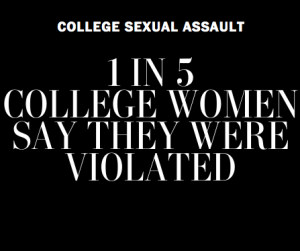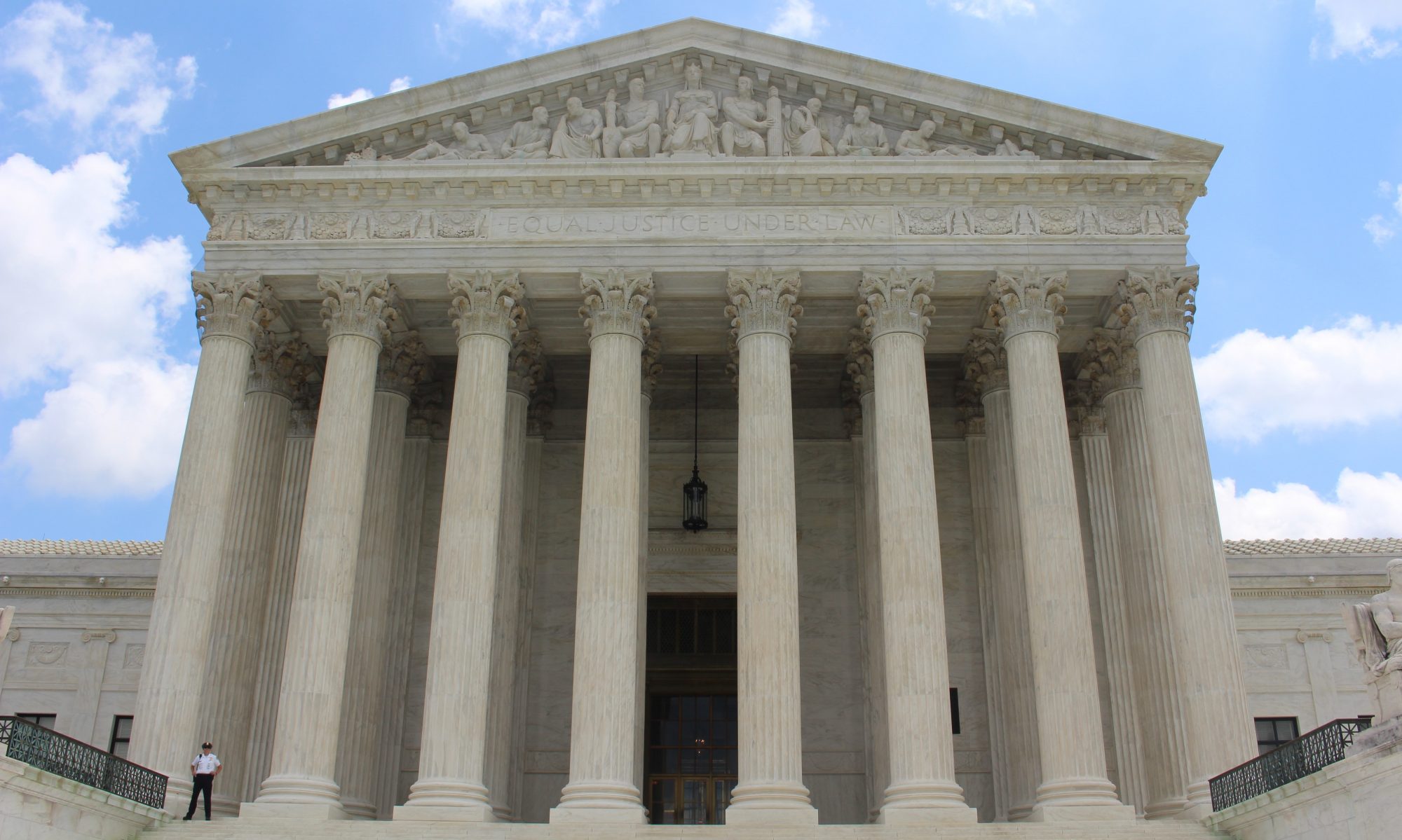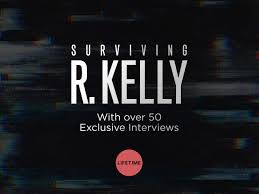Holding that for Title Vii cases, the age of consent should determine whether a minor has to show unwelcomeness to prove sexual harassment.
Surviving R. Kelly
The Rights of School Employee-Coaches Under Title VII and Title IX in Educational Athletic Programs
“This Article explores how these considerations affect whether coaches should proceed under Title VII, Title IX, or both. Part I provides background on Title VII and Title IX and discusses how Title IX requires gender equity in athletics in federally funded educational institutions. Part II explains what factors coaches should consider when deciding to bring Title VII and Title IX claims, such as varying patterns of discrimination; varying approaches to suits, goals, and implications; administrative exhaustion differences; the scope of actions and relief; and standards and treatment of retaliation under each statute. Part III examines courts’ divergence concerning whether Title VII preempts claims under Title IX. The Article concludes by highlighting the ramifications of proceeding under Title VII, Title IX, or both.”
Stop Sexual Assault in Schools: Resources
Stop Sexual Assault in Schools educates students, families and schools about the right to an equal education free from sexual harassment. They have resources on prevention as well as how to support, inform and empower students. Here is their Toolkit.
Sexual Assault on College Campuses, U.S. Dept. of Health & Human Services Office on Women’s Health (Sept. 2018)
“Sexual assault on college campuses is a common problem that often goes unreported. It includes any unwanted sexual activity, from unwanted touching to rape. Alcohol and drugs often play a role in sexual assault on campuses. If you have been sexually assaulted, it is not your fault. You are not alone, and you can get help.”
The Hunting Ground (CNNFilms 2015)

This documentary focuses on sexual assault on college campuses and follows the stories of several assault survivors and their activism. Produced by Amy Zierling and distributed, ironically, by The Weinstein Company.
David Cantor et al., AAUW/Westat, Report on the AAU Campus Climate Survey on Sexual Assault and Sexual Misconduct (Oct. 20, 2017)
“Members of the Association of American Universities (AAU) are working to combat sexual assault and misconduct on their campuses. As an association of research universities, AAU decided in 2014 that the best way to help its members address this issue was to develop and implement a scientific survey to better understand the attitudes and experiences of their students with respect to sexual assault and sexual misconduct. The survey’s primary goal was to provide participating institutions of higher education (IHEs) with information to inform their policies to prevent and respond to sexual assault and misconduct. In addition, members hoped that the survey would provide useful information to policymakers as well as make a significant contribution to the body of academic research on this complex issue.”
Nick Anderson & Scott Clement, 1 in 5 College Women Say They Were Violated, Wash. Post (June 12, 2015)

“The Washington Post and the Henry J. Kaiser Family Foundation teamed up to poll more than 1,000 people nationwide who have attended college within the past four years about sexual assault and campus culture. Post reporters then interviewed more than 50 women and men who responded that they had experienced unwanted sexual contact — or attempted or suspected sexual contact — while they were students. The series looks at the prevalence of sexual assault among college students and the factors that play a role in those assaults.”
Bianca DiJulio et al., Survey of current and Recent College Students on Sexual Assault, KFF Polling (June 12, 2015)
“This partnership poll from The Washington Post and the Kaiser Family Foundation examines the issue of sexual assault on college campuses by exploring the views and experiences of students ages 17 to 26 currently or recently enrolled in a four-year college or university who live on or near campus. The survey, one of the most comprehensive to date on the issue, explores students’ views of consent, effective prevention strategies, and school administrations’ handling of incidents, as well as provides new, nationally representative estimates of the share who say they were sexually assaulted during college.”
Charol Shakeshaft, U.S. Dept. of Educ., Educator Sexual Misconduct: A Synthesis of Existing Literature (2004)
“Any adult misconduct or sexual abuse in schools is of grave concern to students, parents, educators, and the Department of Education. This literature review of sexual abuse and sexual misconduct responds to the mandate in Section 5414 of the Elementary and Secondary Education Act of 1965 (ESEA), as amended, to conduct a study of sexual abuse in U.S. schools. To satisfy this mandate, the Department of Education contracted with Dr. Charol Shakeshaft of Hofstra University. Using the limited research that is available in this area, her literature review describes, among other topics: prevalence of educator sexual misconduct, offender characteristics, targets of educator sexual misconduct, and recommendations for prevention of educator sexual misconduct. We note that the author offers several new recommendations that may be worth considering, although some may be at odds with current law.”

